What People Get Wrong About Spend Management
By: Rich Uphus | January 17, 2023
Though managing spending is vital to any organization, many companies misunderstand how to do it effectively. Mike Canniff, CEO and co-founder of PyanGo, and Brian Schilling, manager at RSM US, look at two of the big errors that people fall into regarding spend management.
______________________________________
ARTICLE — Spend management—tracking and analyzing expenditures to ensure they stay within budget—is an essential part of any company’s financial plan. However, many organizations don’t have a sound system for this. Despite knowing how vital spend management is, others have not implemented it effectively. So what are some of the big mistakes people can fall into with spend management? Let’s talk about two of them.
MISTAKE #1 – “Checking my budget at the end of the month is enough.”
The most basic form of spend management is just trying to keep an eye on your budget, and many people believe—or hope—that will be enough to keep their spending in line. PyanGo CEO, Mike Canniff, has seen many people who implement an ERP (Enterprise Resource Planning) system without budgetary control: “They say, ‘If I look at my budget to actual report once a month, then I’ll be okay because I probably am not going to go over budget very much in one month,'” he observes.
But for most leading organizations, particularly those experiencing high growth, that’s not going to cut it, Canniff says: “Today, you have to have tighter control.”
The problem is — when you’re only periodically checking your budget, you’re in a reactive mindset. All you’re doing is noticing after you’ve gone over budget; the expenditure has been made, and it is too late to prevent it.
The better option — implement a proactive, automated system that assists decision-making and prevents users from being out of compliance or over budget before they purchase. Suppose you can react to purchase requests as they happen instead of always scrambling to respond after expenditures have been made. In that case, you are better positioned to control your spending and use your resources more effectively.
MISTAKE #2 – “Requiring purchase approvals for expenditures is enough.”
For organizations that have moved past simply keeping an eye on budgets, the next step often requires approvals, says Brian Schilling, manager at RSM US. He observes, “I would say this is the most common question asked me during implementations: ‘During the purchasing process, can we have the approval go to someone who can check the budget?'”
The first problem with this solution is that many ERP systems can’t do that out of the box. But with customizations, it may be possible that someone tasked with keeping an eye on the budget is contacted via e-mail when an expenditure is going to be made so that they can pull up the budget, check whether the expenditure is in line, and approve it.
Using this control process isn’t always a helpful fix, however. Any solution that requires the human element will always be at the mercy of that person. Even someone with the very best intentions to track budgets and spending can get busy and stressed, leading to hastily approved expenditures without the budget being checked first. “As we all know,” says Schilling, “people like just to check the box that says ‘Approve’ when it comes up on their e-mail.”
So what’s the alternative? “This is where an automated budgetary control application really benefits an organization,” says Schilling. “Now, instead of just having a checkbox for someone who may or may not have looked at the budget, you actually have a fully automated system, seamlessly integrated into your ERP that will enforce your designated budget rules for every expenditure.”
PyanGo Automated Budgetary Control for NetSuite
PyanGo’s Automated Budgetary Control for NetSuite, seamlessly built inside Oracle NetSuite, lets organizations take control of their spend. It allows them to automatically regulate and track expenditures against predefined authorized budgets and encumber expenses throughout the procurement lifecycle. The solution tracks hard and soft commitments via purchase requests or purchase orders. All expenditures outside of compliance are flagged for review before funds are encumbered. Automated Budgetary Control for NetSuite also extends standard and advanced procurement, expense reports, and journal processing modules.
Contact PyanGo to learn more about how PyanGo’s Automated Budgetary Control for NetSuite can benefit your organization.
Click here to schedule an online product demonstration.




